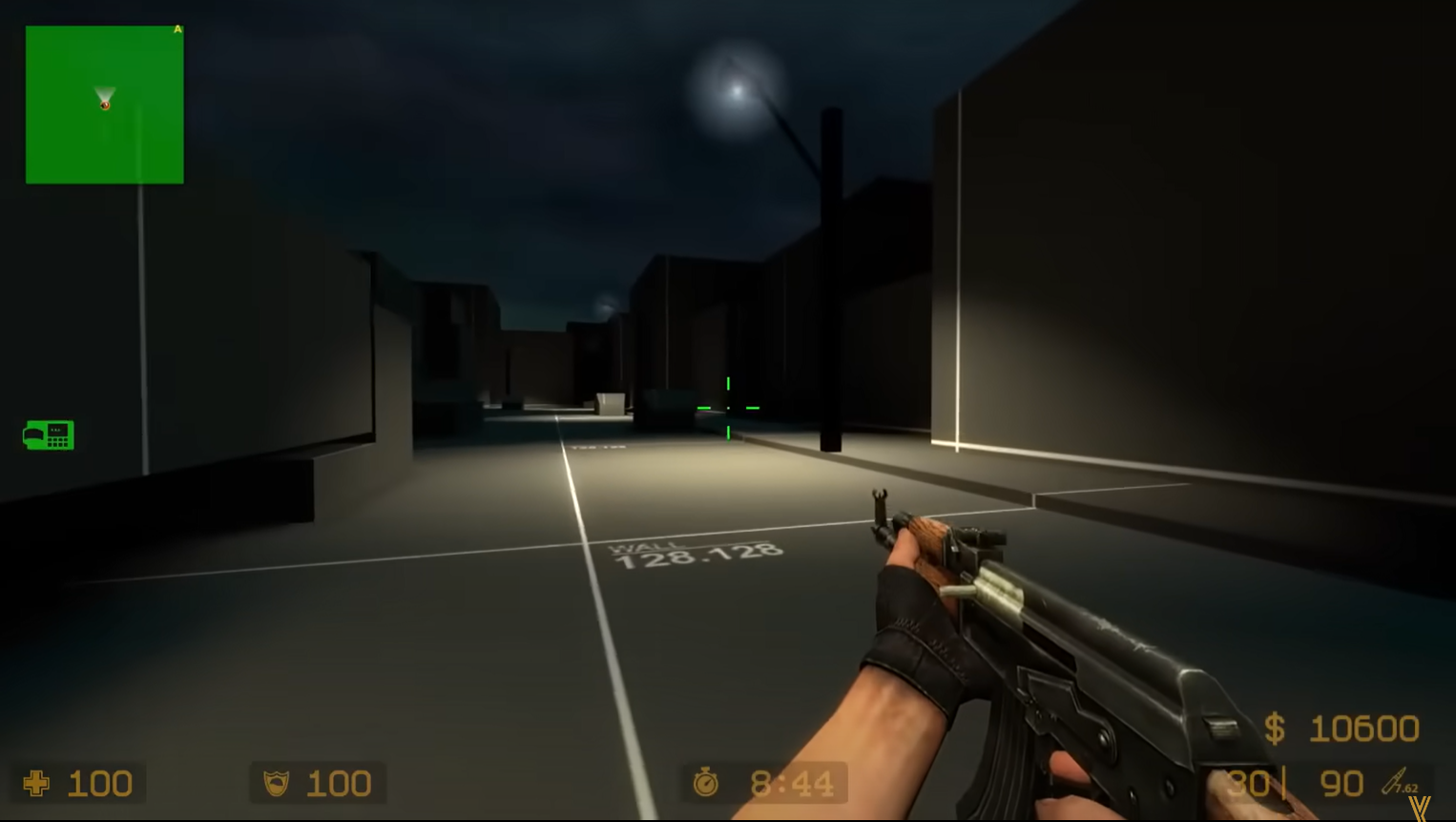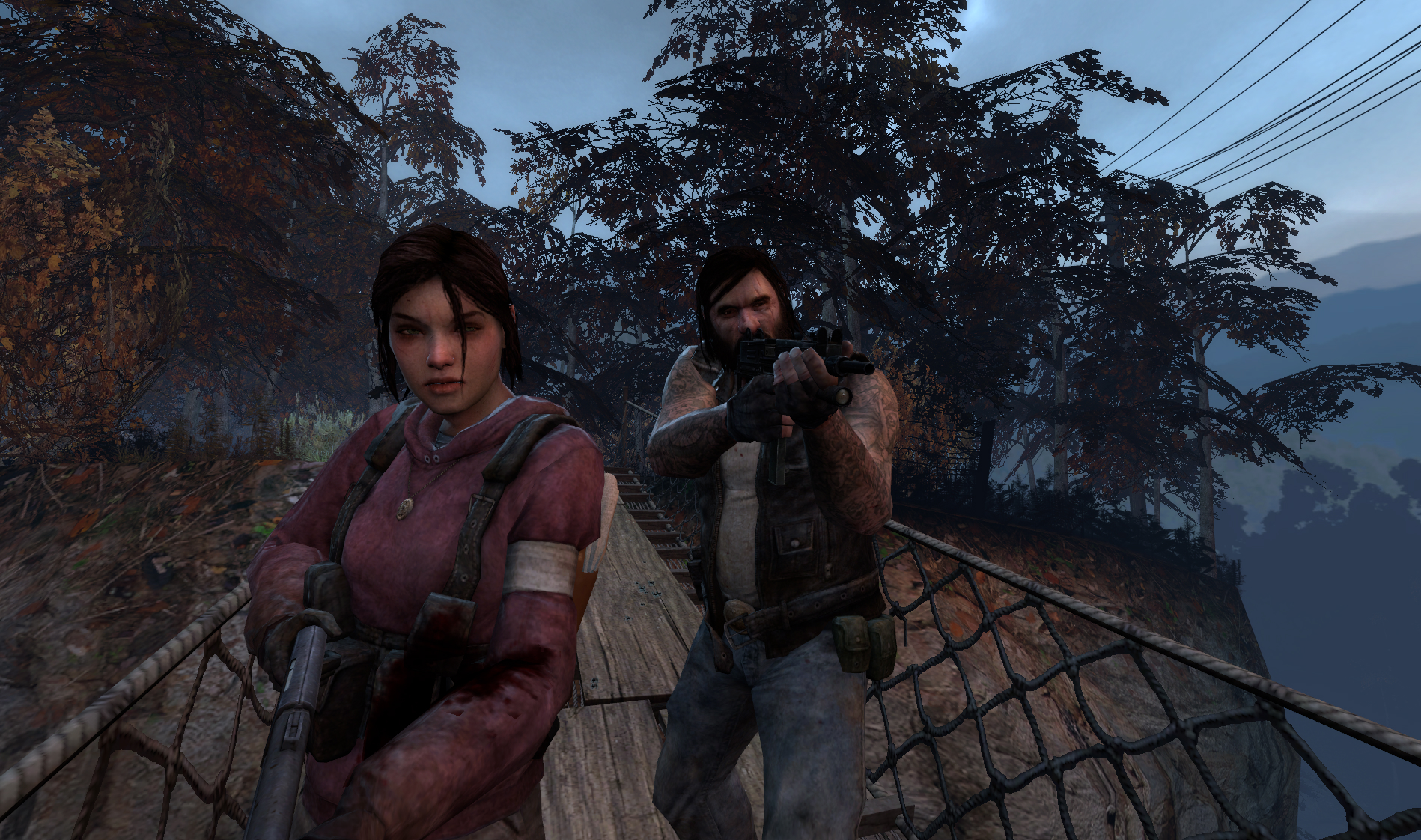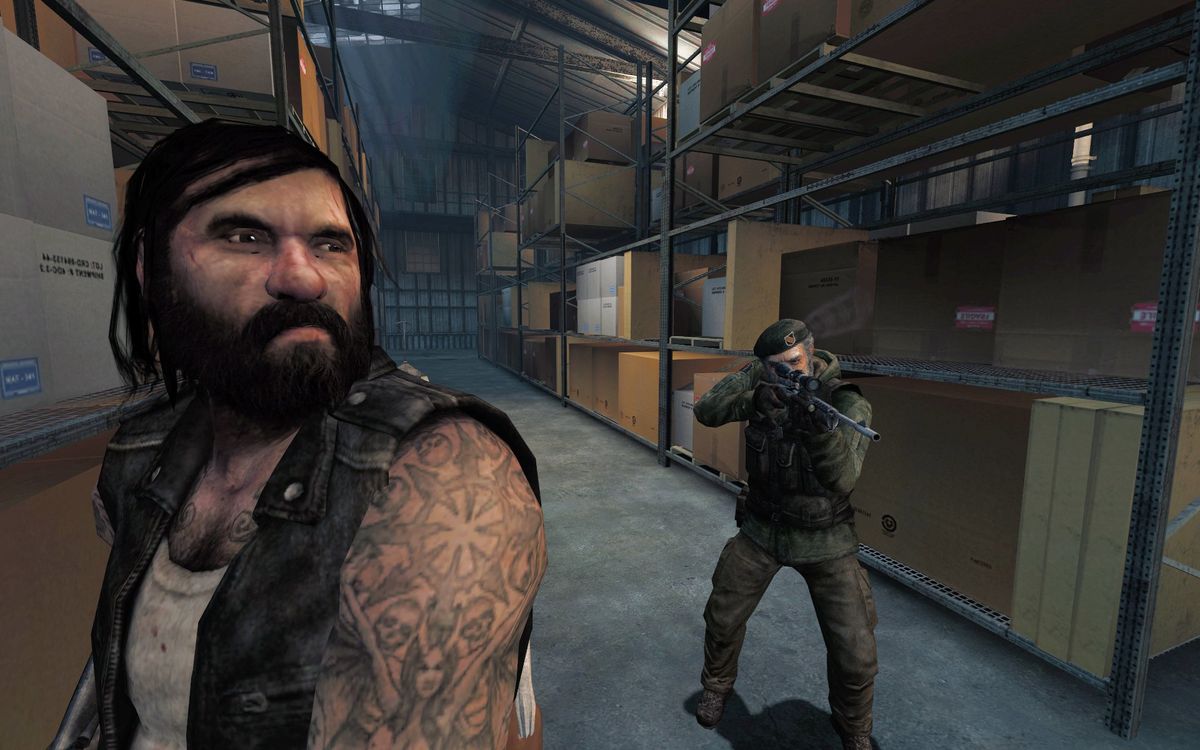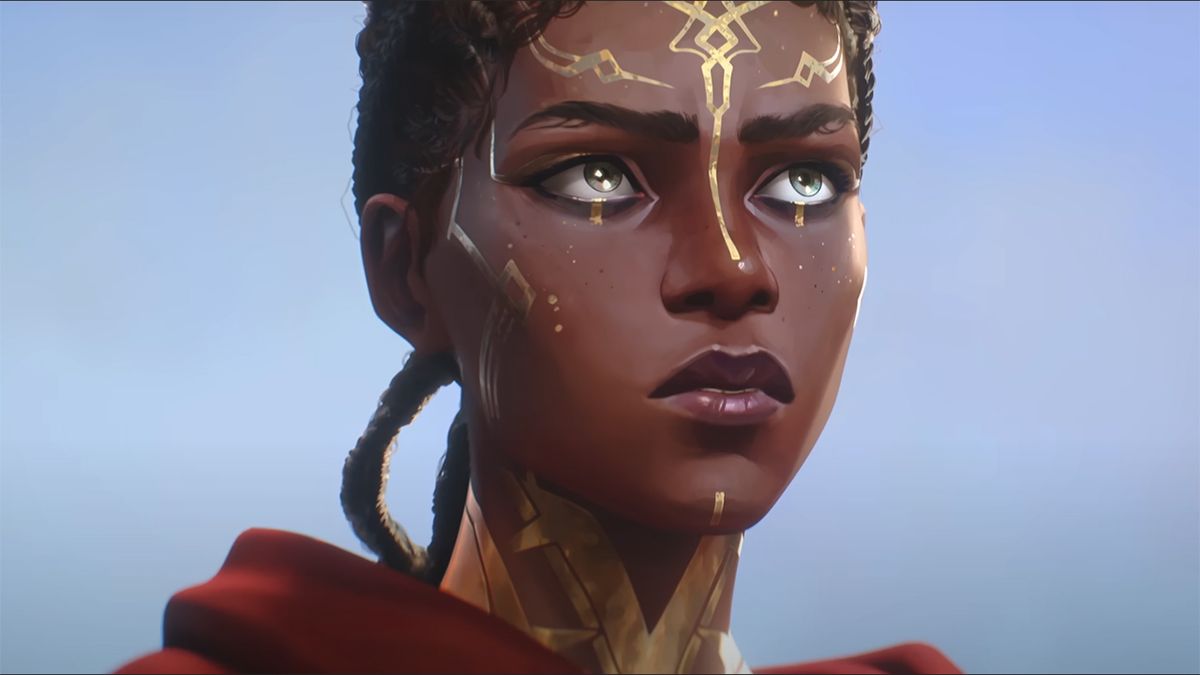The latest Valve leaks have revealed the original map sources and prototype for the popular and classic Left 4 Dead.
Since then we haven’t had any real news from Left 4 Dead or its developers Previous 4 blood Released late 2021. When then Youtuber Tyler McVicker (opens in new tab) posted a video revealing that the earliest prototype for Left 4 Dead was leaked, we were quite intrigued.
The leaked footage shows a forgotten level of Counter-Strike: Source codenamed Terror Strike, along with some never-before-seen map sources for the game. This unreleased map is the second phase of prototyping that began with Counter-Strike: Condition Zero and the Zombie City map.
When it comes to the scenery in this unfinished level, there’s not much to say. The desolate gray cityscape is eerily quiet and empty as you weave your way through the onslaught of endlessly reappearing counter-terrorists. On the plus side, you can see the first hints of the popular undead game in the dimly lit city streets.
But don’t take our word for it. You can now play the original prototype yourself. You can download the Zombie City map yourself at game banana (opens in new tab), or you can set up your own server on Counter-Strike: Source. Just make sure lots of anti-terrorists can respawn and then let you and some friends try to make it across the map.
Old story
The leaked prototype and map sources aren’t the first thing that surprised us about Left 4 Dead. The game’s production got off to a somewhat unconventional and rocky start.
For those who remember, Counter-Strike: Condition Zero had a tumultuous time in production, being passed from studio to studio looking for someone who could finally put the finishing touches on the game and bring it all together. Eventually, Left 4 Dead developer Turtle Rock pulled the game out of production limbo.
On the way to finalizing Counter-Strike: Condition Zero, the developers at Turtle Rock decided to try another idea first. This would be the Open-Ended City Rush Map, codenamed Zombie City. This idea was later explored in more detail thanks to Counter-Strike: Source in the map codenamed Terror Strike.
The goal of Terror Strike and Zombie City was for four players to make it from one side of the map to the other while dodging incoming melee attacks from counter-terrorists. If you get to the end you could plant a bomb and then win the game.

Turtle Rock finally decided to take the plunge and create the historical Left 4 Dead, but not without the help of every plumber’s favorite game studio: Valve. When Valve got wind of this undead project, it threw its hat in the ring. This renowned studio helped shape the game in terms of progression and story, while Turtle Rock developed it entirely in its own studio.
However, after working so closely with Valve, Turtle Rock began to have some difficulties. Valve bought the studio and briefly renamed it Valve South. Soon the studio would meet an unfortunate fate. Valve decided to shut down shop and take over the rights to Left 4 Dead. It later produced Left 4 Dead 2 entirely in-house.
Beat a dead game

Back 4 Blood failed to capture the joys of navigating the undead Hellstorm with your closest friends
That wasn’t the end for Turtle Rock. After the closure, Phil Robb and Chris Ashton, two early developers, decided to try and restart the indie studio.
They were later hired to work on Valve’s once golden goose Left 4 Dead and Left 4 Dead 2. But for the most part, Turtle Rock was trying to start over and go in its own direction. They would instead make more casual games like Leap Sheep and Journey of the Gods.
However, that didn’t last very long. You can take a developer out of zombie hellscape, but you can’t take zombie hellscape out of developer. 13 years after getting started with Left 4 Dead, Turtle Rock released a spiritual successor to the game, Back 4 Blood.
Unfortunately, it didn’t hold up to the hectic and gory fun of Left 4 Dead. I’m not sure if it was just too long ago or if the people who made the magic of Left 4 Dead just weren’t there to create Back 4 Blood. Whatever the reason, Back 4 Blood failed to capture the joys of navigating the undead Hellstorm with your closest friends.

For one thing, the maps and upgrades that Back 4 Blood introduced seemed to confuse and complicate the simple zombie-killing formula. These extras gave you various perks and items. While some of the perks were helpful, most just got in the way of starting a level and didn’t make much of a difference to actual combat by the end.
The reality, believability, and heaviness of Left 4 Dead is what made it such an iconic game
On the other hand, the core gameplay loop was unimaginative and poorly paced. What started out as simply navigating ruined cities in search of survivors somehow ended up in giant radioactive ogre zombies. It didn’t feel like a believable development. It just didn’t capture the spirit of Left 4 Dead.
Why should a zombie game be believable? It’s a valid question. But to me, the reality, believability, and heaviness of Left 4 Dead are what made it such an iconic game. There was no greater reason, no special forces, no mad scientist creating green gooey zombies. It’s just a group of survivors trying to make it from point A to point B, as opposed to the comparatively challenging Resident Evil chicane in Back 4 Blood. This simplicity made the game more intense and enjoyable; it was just you and thousands of zombies – how intimate.
Back 4 Blood let me down compared to its previous siblings. Still, it was refreshing to see Turtle Rock getting back into the zombie business. Who knows, maybe Back 4 Blood will follow in the footsteps of Left 4 Dead and get a stellar sequel.





